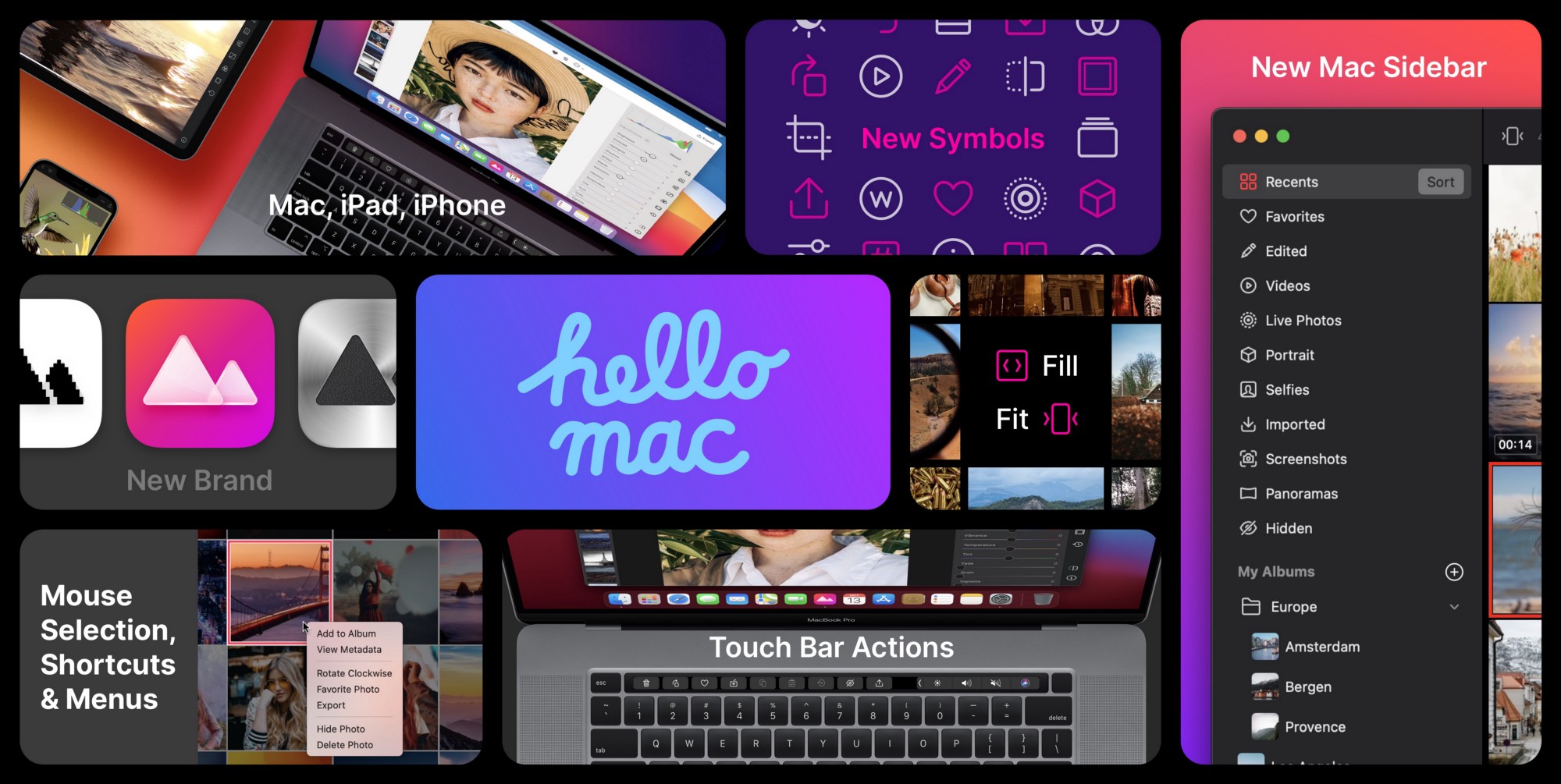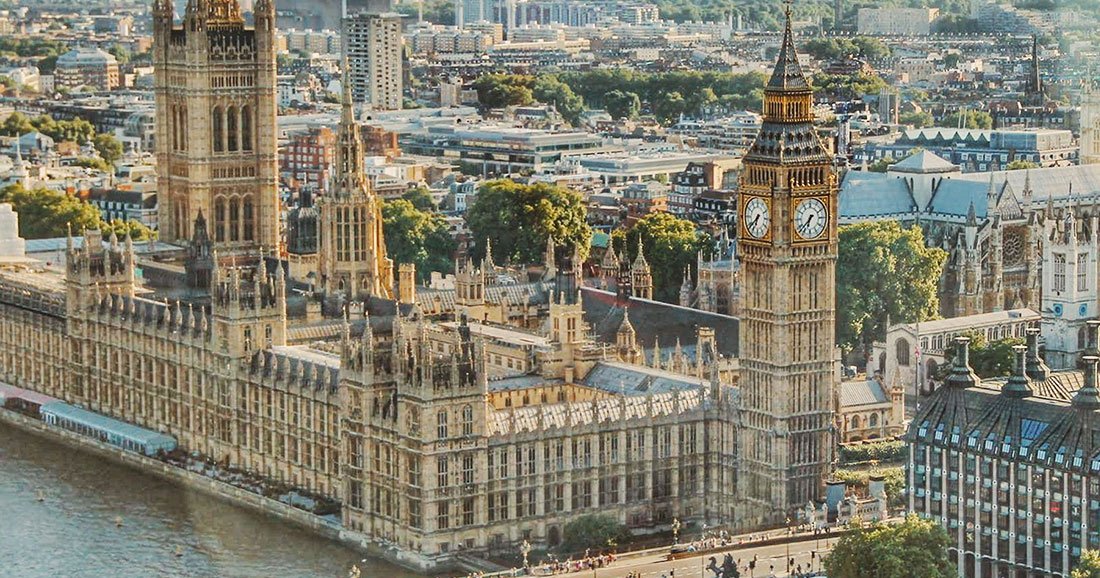

Initially, many users who tried installing the macOS Big Sur update on their devices ran into an issue wherein the installation would fail or was downloading extremely slowly even on high-speed connections. This seems to have been a great move from Apple considering the massive wave of positive reviews of the new M1 (Apple silicone) Macs that are flooding the internet.īut it is not all moonlight and roses given fact that the macOS Big Sur update started off on the wrong foot. And after months of testing, the new OS was released to the public on November 12.Īs you may already know, macOS Big Sur brings a host of new changes and improvements to the user interface and also adds a bunch of new features to enhance the overall user experience.Īpart from the visual changes and additional features, it’s also the first macOS version to support ARM-based processors. You can also access details in the System Preferences app by choosing the “Battery” preferences pane.This article is being continously updated, with new updates being added to the bottom of the story (and in the table) Original story (from November 28) follows:Īpple announced macOS Big Sur at the Worldwide Developers Conference (WWDC) event on June 22, 2020. From the menu bar, you can now click on the battery icon and see an estimate on how long your MacBook has left on its current charge.
#POWER CHIME BIG SUR HOW TO#
With macOS 11 Big Sur, however, Apple seems to have figured out how to accurately display “time remaining” battery life estimates. Apple investigated the battery life complaints extensively over the last couple of weeks and came to the conclusion that batteries in the new MacBook Pros are behaving as expected, according to sources familiar with the investigation.

The inaccurate ‘time remaining’ predictions were unable to keep up with or provide accurate information for users on the newest machines. Our understanding is the reason is due to how the latest low-power processors work when switching between various tasks.

We explained Apple’s reasoning at the time:
#POWER CHIME BIG SUR PRO#
This decision came after a growing number of complaints about the battery life performance of the newest MacBook Pro models. Battery time remainingĪgain dating back to the introduction of the 2016 MacBook Pro introduction, Apple removed the “time remaining” battery life estimates. From there, choose “Sound Effects” and you’ll see a new checkbox to “Play sound on startup.” It seems to be enabled by default, but you can uncheck the box if you so desire. To find the new setting, open the System Preferences app, then navigate to the “Sound” preferences pane. When you boot up, you’ll hear the iconic sound, and there’s a new setting to enable it or disable it as you please. With macOS 11 Big Sur, however, the Mac startup chime is back in all of its glory. People eventually realized that it was possible to make newer MacBooks chime again, but it involved NVRAM tweaks through the Terminal. This meant that your Mac would boot up silently, which was a small change at the time but one that marked the end of a long-running tradition. With the introduction of the 2016 MacBook Pro, Apple dropped the iconic Mac startup chime when booting up. With macOS Big Sur, Apple has added back the Mac’s startup chime as well as battery time remaining estimates. While much of the focus in macOS 11 Big Sur is on preparing the Mac for the future, there are a pair of changes that are reminiscent of days gone by.


 0 kommentar(er)
0 kommentar(er)
